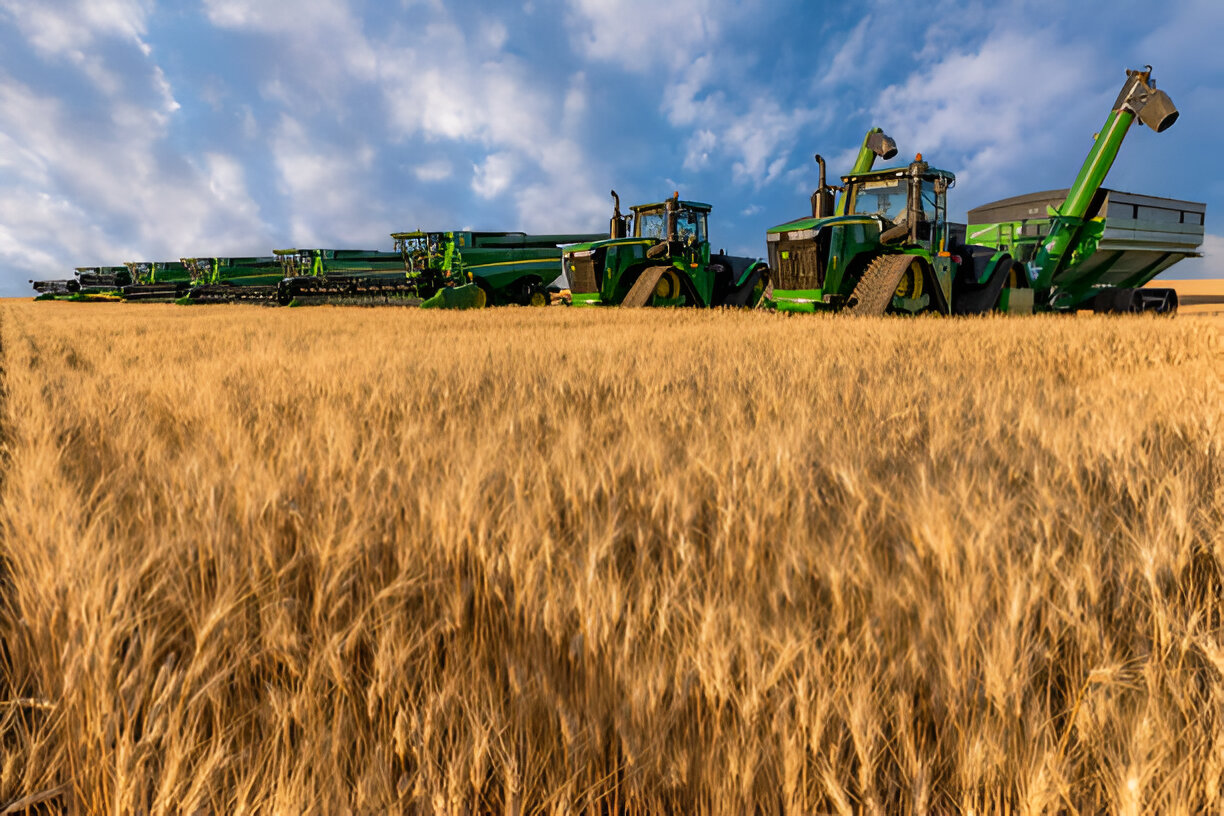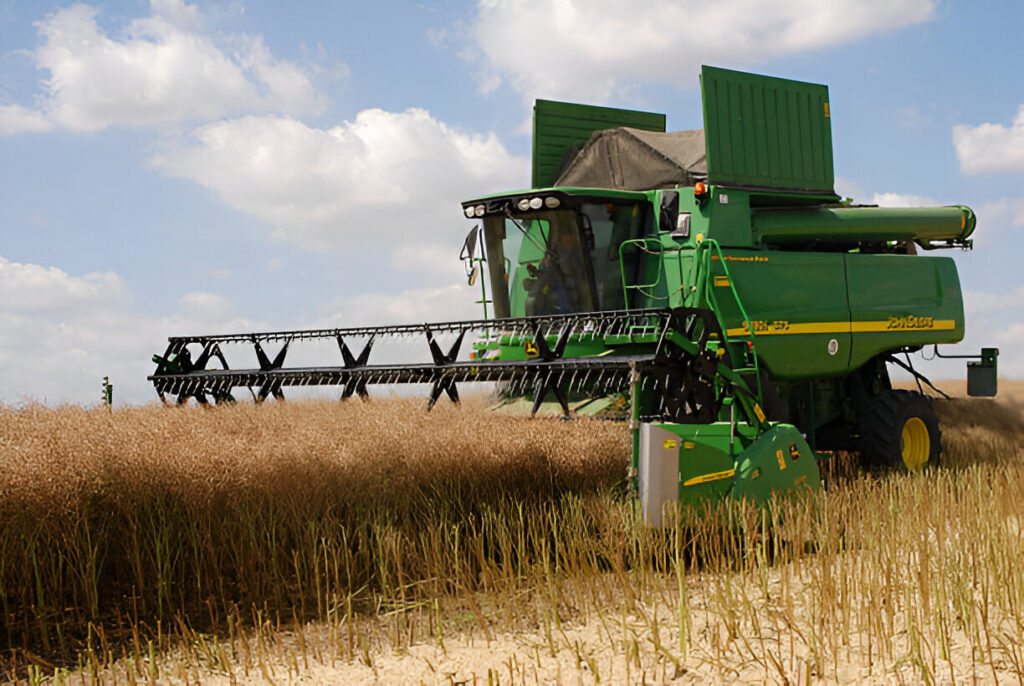In the world of agriculture, efficiency and productivity are paramount. Farmers rely on their equipment to maximize yield and reduce losses during the harvesting process. One of the critical components in achieving this is the concave, particularly when it comes to John Deere combines. This article delves into the importance of John Deere concaves, how they work, and what farmers should consider when choosing the right concave for their specific needs.
What Are Concaves?
Concaves are a crucial part of the threshing mechanism in a combine harvester. They work in conjunction with the cylinder or rotor to thresh and separate grains from the crop. As the crop passes through the concave, the rubbing action helps to remove the grain from the cob or pod while allowing the straw to continue through the machine.
Concaves are designed with specific gaps and perforations to ensure that the grain falls through while the remaining material is further processed. The design and size of these gaps are tailored to different types of crops, making it essential to choose the right concave for the job.
Why John Deere Concaves?
John Deere is a name synonymous with quality and innovation in agricultural equipment. Their concaves are engineered to meet the demands of modern farming, offering durability, precision, and versatility. Here’s why John Deere concaves are a top choice for many farmers:
- High-Quality Materials: John Deere concaves are manufactured using high-grade steel, ensuring long-lasting performance even under the most demanding conditions. This durability translates into fewer replacements and lower maintenance costs.
- Optimized Design: John Deere’s concaves are designed to maximize threshing efficiency while minimizing grain damage. The concave’s shape, size, and perforation pattern are all optimized for different types of crops, whether it’s corn, wheat, soybeans, or barley.
- Versatility: With John Deere concaves, farmers can switch between different crops with ease. This flexibility is particularly beneficial during harvest season when time is of the essence.
- Improved Yield: By choosing the right concave, farmers can significantly reduce grain loss during harvesting. John Deere concaves are designed to ensure that more of the crop is harvested and less is left in the field.
Types of John Deere Concaves
John Deere offers a variety of concaves to suit different harvesting needs. Some of the most popular types include:
- Round Bar Concaves: Ideal for crops like corn and soybeans, round bar concaves provide excellent threshing action with minimal grain damage.
- Small Wire Concaves: These concaves are perfect for small grains like wheat and barley. They feature tighter spacing to ensure thorough threshing of smaller kernels.
- Large Wire Concaves: Suitable for a variety of crops, large wire concaves offer a balance between threshing efficiency and versatility. They are a good all-purpose option for mixed-crop farms.
- Specialty Concaves: For crops that require unique handling, such as rice, John Deere offers specialty concaves designed to manage specific challenges like wet conditions or tough straw.
Choosing the Right Concave
Selecting the right John Deere concave for your combine is critical to optimizing your harvest. Consider the following factors:
- Crop Type: The type of crop you’re harvesting will largely determine the concave you need. Make sure to choose a concave designed specifically for your primary crop.
- Field Conditions: Field conditions, such as moisture levels and crop density, can affect threshing efficiency. Consider your field conditions when choosing a concave.
- Combine Model: Ensure that the concave is compatible with your John Deere combine model. John Deere concaves are designed to fit specific models, so double-check compatibility before purchasing.
- Yield Goals: If your goal is to maximize yield, investing in a high-quality concave that minimizes grain loss is essential. Look for concaves that offer superior performance in terms of both threshing and separation.
Maintenance and Replacement
Like all components in your combine, concaves require regular maintenance to perform at their best. Check for signs of wear, such as rounded edges or bent wires, and replace concaves as needed to avoid compromising your harvest. John Deere concaves are known for their durability, but regular inspection will ensure they continue to operate efficiently.
Conclusion
John Deere concaves are a critical component in the harvesting process, offering farmers the reliability, efficiency, and performance they need to maximize their yield. By understanding the different types of concaves available and selecting the right one for your specific needs, you can ensure that your harvest is as successful as possible. Whether you’re harvesting corn, wheat, soybeans, or another crop, John Deere has a concave that’s perfectly suited to the job.
Investing in the right concave not only improves your combine’s efficiency but also enhances your overall profitability by reducing grain loss and ensuring a cleaner, more thorough harvest.


